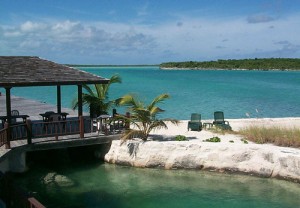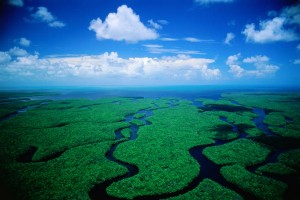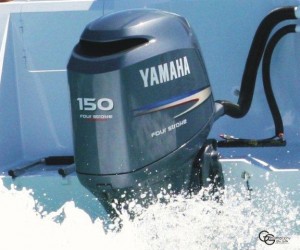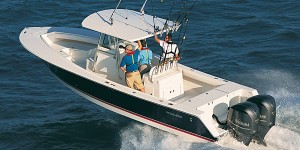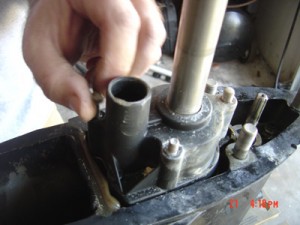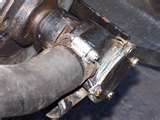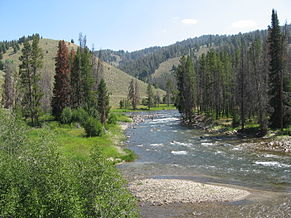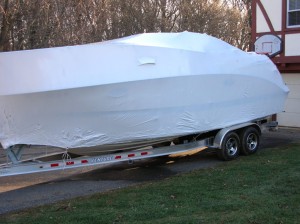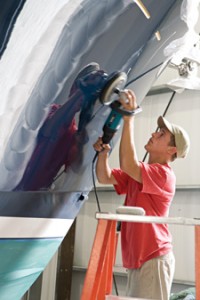Top Five Fishing Cities: The Twin Cities
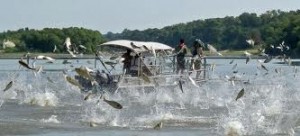 Of course Minneapolis and St. Paul made the cut! They are located in the ‘Land of 10,000 Lakes’ aka Minnesota. I have frequented the Twin Cities because they have some of the best freshwater fishing in the nation.
Of course Minneapolis and St. Paul made the cut! They are located in the ‘Land of 10,000 Lakes’ aka Minnesota. I have frequented the Twin Cities because they have some of the best freshwater fishing in the nation.
The mighty Mississippi river flows through the cities and offers up a delectable offering of bass, walleyes, muskies, and catfish. You may want to check local regulations, but I’ve had no problems taking out my outboard motorboat filled with 2 cycle oil. Lakes litter the area, so ask locals for some tips. I personally favor White Bear Lake and North Arbor Lake in Hennepin County.


